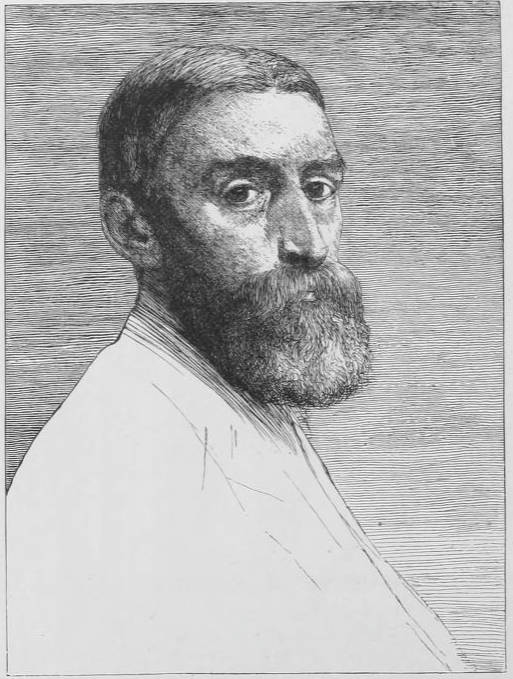Biography

Edward Poynter was second only to Frederic Leighton as an exponent of Victorian neo-classicism. His training as an artist took place partly in Europe; he coincided with Leighton in Rome in 1853 and spent the years 1856-59 as a student at Gleyre's atelier in Paris. These semi-bohemian years were described by Poynter's comrade George du Maurier in his novel Trilby. In 1860 Poynter commenced upon a career in London which was to bring him much prestige and many honours. His great Royal Academy exhibition successes were mainly reconstructions of events or situations set in ancient history, attempts to give a visual account of the appearance of the Ancient World. The most famous of these are Israel in Egypt and The Catapult. A parallel group were his mythological subjects, In both types Poynter took great trouble to make the details of the paintings as archaeologically accurate as possible. Despite being only a few years younger than the generation of High Victorian artists Poynter long outlived his great contemporaries. He succeeded Millais as President of the Royal Academy in 1896 and then lived on into a very different age when his-most celebrated paintings were no longer appreciated or understood.


Works
Discussions
Bibliography
Flanders, Judith. A Circle of Sisters: Alice Kipling, Georgiana Burne-Jones, Agnes Poynter and Louisa Baldwin. New ed. London: Penguin, 2002. [Review by Joe Pilling].
Newall, Christopher. A Celebration of British and European Painting of the 19th and 20th Centuries. London: Peter Nahum, nd.
Pattison, Emilia F. S. “Edward J. Poynter, R. A.” Magazine of Art. 6 (November 1882-October 1883): 245-51. Internet Archive version of a copy in the University of Toronto Library. Web. 11 September 2013. [Complete text in the Victorian Web]
Staley, Allen. The New Painting of the 1860s: Between the Pre-Raphaelites and the Aesthetic Movement. New Haven (Conn.): Yale University Press, 2011. [Review by Antoine Capet]
Wood, Christopher. Olympian Dreamers: Victorian Classical Painters. London: Constable, 1983. 131-53.
Last modified 6 July 2014